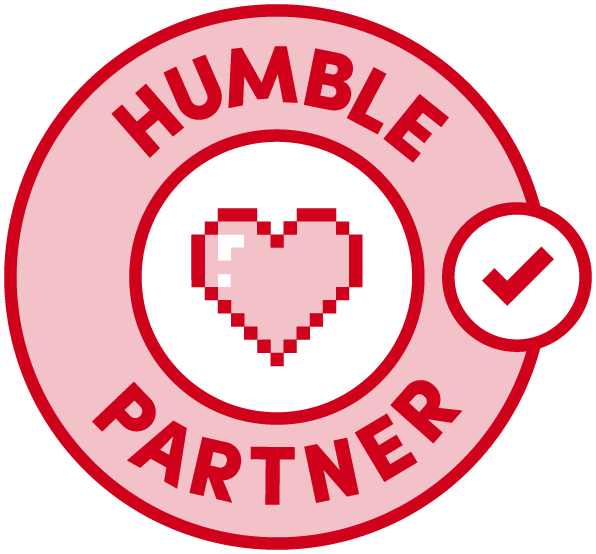E3 2019: A History Of Xbox Console Reveals
E3 is almost here, and Microsoft appears likely to begin debuting its plans for the next generation of Xbox. The timing is right, and Sony has already started to outline its PlayStation 5 specs. Microsoft has said it will “go big” at this year’s E3. Rumors have been circulating for months about a new Xbox, and E3 would be the place to finally make it official.
Before we look forward, though, let’s take a look back. Microsoft has been debuting new hardware for almost 20 years, and it may be instructive to the future of Xbox if we look back at how Microsoft has debuted its previous consoles.
Xbox
Microsoft’s first foray into video games debuted in two parts, a sign of a time period when the industry was more fractured and hadn’t yet coalesced into a handful of big consumer-facing trade shows. First, the company debuted the console to potential developers at the Game Developers Conference in 2000. Then the company took its console to the general public with a separate presentation at the Consumer Electronics Show (CES) in 2001.
At the second presentation in Las Vegas, then-chairman Bill Gates took the stage to show it off. The presentation promised a “revolution” and an October rollout backed by a $500 million marketing campaign. The consumer presentation revolved mostly around showing off its performance, which positioned it as a powerful contemporary of Sony’s PlayStation 2. Microsoft also promised easier architecture for developers. It all led to a wrestling game debut, complete with a cameo by Dwayne “The Rock” Johnson.
Analysts claimed it could be used as a Trojan horse to push Internet and interactive TV functions, but games publishing VP Ed Fries shrugged off this eventuality.
“We’ve been fighting a lot of battles all along to make this box all about gaming,” Fries said. “Whether it makes sense long term, if Xbox works its way into that networked home Bill was talking about, we’ll see about that later.”
It launched at $300, or approximately $430 adjusted for inflation.
Xbox 360
Work began on the Xbox 360 in 2003, and Microsoft again targeted developers first with a small event in Bellevue, Washington. The company was quietly making moves to recruit executives like Sega’s Peter Moore to improve its workflow and build the architecture, but this time it had a different plan in mind for debuting the machine to the general public. Rather than hold a keynote at an industry trade show, Microsoft went straight to TV. More specifically, MTV.
In a special called “MTV Presents Xbox: The Next Generation Revealed,” Microsoft took the wraps off the Xbox 360, per Polygon. The event was hosted by Elijah Woods, and featured guests like The Killers and Lil’ Jon. Xbox 360 executive producer J. Allard was interviewed, and Microsoft stressed the console as always-connected and personalized. That set the stage for the success of Xbox Live.
The Xbox 360 launched on November 22, 2005 in two configurations: a Core unit for $300, and a Premium with a 20 GB harddrive for $400–or $390 and $520 adjusted for inflation, respectively.
As a result of its long lifespan, Xbox 360 had the most rebranding and revisions of all Xbox consoles. Most of the revisions were rebranded models with different harddrive sizes and slight changes. The largest change was the Xbox 360 S, also called the 360 Slim, which was an entirely new form factor for the console that debuted in 2010. This revision not only gave the console a new look, but it also included revised hardware to stave off the overheating issues that had lead to the console failure known as the “Red Ring of Death.”
Xbox One
As the most recent console debut, the Xbox One is the one most recognizable to modern audiences. The Xbox 360 had gotten an extended lifespan, lasting roughly eight years instead of the usual four. One late addition to the Xbox 360 was a key part of the Xbox One: the Xbox Kinect. The motion-sensing camera was an optional accessory for the 360, but it was a major part of Xbox One’s “all-in-one entertainment device” pitch.
Microsoft debuted the console in a special event in Redmond, Washington, stressing it as a multimedia console. The console could serve as a cable pass-through box, and the Kinect would allow voice commands for entertainment and gaming functions.
A second event scheduled for E3 in that year was meant to focus on its video game capabilities. At this event Microsoft announced a plan to bind Xbox One games to a user account, including retail disc copies. The company announced a complicated scheme to allow players to continue trading games or transferring ownership, and the console had an always-on requirement to verify game ownership. In response to a negative reaction, including some mockery from its competition, Microsoft changed its DRM plans before launch. Over the years since launch, the company has also issued firmware updates that de-emphasized its entertainment functionality.
The Xbox One launched on November 22, 2013 in two configurations: a standalone unit for $400, and a bundle with Kinect for $500–or $440 and $550 inflation-adjusted, respectively.
Since then, Xbox One has gotten two significant hardware revisions. The first, the streamlined Xbox One S, was announced during Microsoft’s E3 2016 press conference. The second, the more powerful Xbox One X, was announced at E3 2017.
The New Xbox
Now all eyes are on E3 2019 as the most likely place for Microsoft to debut new consoles. Xbox head Phil Spencer seeded an announcement last year at E3 by stating that new consoles are in development. He later reiterated that the company has “a lot to share” at this year’s event. Now, with only weeks remaining, we’ll see what exactly that means.
from GameSpot – Game News https://www.gamespot.com/articles/e3-2019-a-history-of-xbox-console-reveals/1100-6467120/





Leave a Reply
Want to join the discussion?Feel free to contribute!